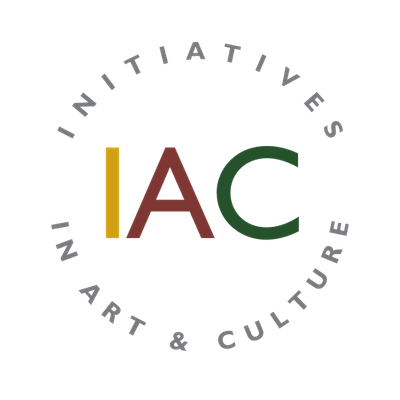
About this Event
IAC’s 26th annual Arts & Crafts Conference will visit the Brandywine River Valley and Philadelphia (as well as other proximate sites) to consider the centrality of the region in the American Arts & Crafts Movement. Tracing the history of the Movement from its origins in Britain to its manifestations in the Philadelphia area and its formative influences on the Studio Craft Movement, and coinciding with the opening of a major exhibition on Wharton Esherick at Brandywine Conservancy and Museum of Art, the conference will explore the following:
- The work and legacy of Esherick as well as the artistic milieu in which he trained at the Philadelphia Academy of Fine Art (PAFA). PAFA, which will be visited, was designed by Frank Furness and George Hewitt and is one of the most significant structures of the American Arts & Crafts period.
- The Arts & Crafts community of Rose Valley, the milieu in which Esherick practiced. Founded in 1901 by William Lightfoot Price and modeled on the utopian English village described by William Morris in News from Nowhere, the community features impressive architecture, a preserved landscape, and the Hedgerow Theatre.
- The George Nakashima House, Studio and Workshop. George Nakashima began his furniture business in 1945 as a reaction to “20th-century modern,” with the goal of reclaiming the philosophy of periods past in which the maker’s eye and hand determined his world in relation to the universe. The conference will be welcomed by his daughter, Mira Nakashima.
- Other major expressions of the Movement that flourished in the region, among them the work of The Red Rose Girls, a group of young female artists in Philadelphia whose legacy straddles the Movement and early 20th-century feminism.
- The work and influence of NC Wyeth, muralist and illustrator, and his son Andrew whose paintings and watercolors captured a particular sense of place. Both artists’ studios will be visited, as well as those of other artists and craftsmen participating in or influenced by the Movement in the Philadelphia region.
- The contributions of Henry Chapman Mercer, a leading artistic tile maker of the Movement, whose legacy continues at the Moravian Pottery & Tile Works.
- The Michener Museum, where in addition to its major collection of American Art, attendees will be able to view the institution’s significant holdings of the regional frame maker Bernard Badura.
- Vital architectural sites relating to the Movement or its ongoing expressions, such as Frank Lloyd Wright’s Beth Sholom Synagogue in Elkins Park and Louis Kahn’s residential commission for Margeret Esherick.
As has been our practice since the beginning, we will explore the artistic and philosophical underpinnings of the Movement and how it informed the art and architecture that followed. Key to this consideration are the commonalities in ethos and approach among different practitioners and how the Movement continues, reflected in contemporary culture in ways both original and nonmimetic. Influences of the Movement on subsequent schools, styles, or artistic approaches—the Rural Modern, for example—will also be considered. The Conference will underscore the importance of preservation and of the continuing influence of historic architecture in the contemporary urban and suburban landscapes.
IAC thanks the Conference sponsors (as of July 22, 2024):
The Marie + John Zimmermann Foundation, American Fine Art Magazine, and Citizen Watch.
Program subject to change.
For Hotel information, please contact Erin Welsh at [email protected]. We are planning on staying in King of Prussia- hotel TBD.
Kindly note our new refund policy. We will give partial credit to a future conference if you need to cancel within 30 days of the start of the conference, September 13th. No refunds will be made after September 13th.
Event Venue & Nearby Stays
King of Prussia, United States
USD 268.61 to USD 1042.24
